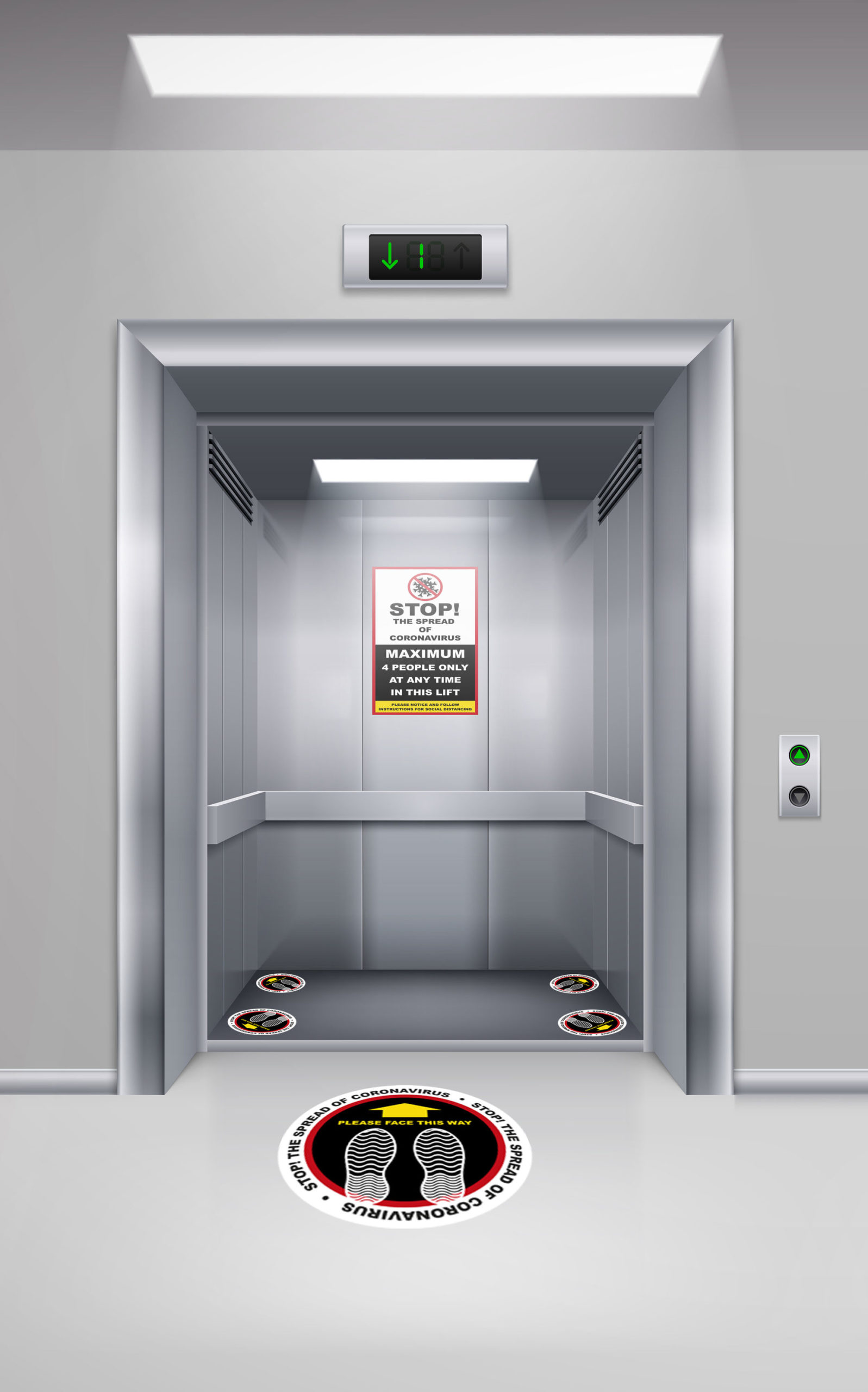We Maintain Lifts with Accuracy: Ensuring Safety and Efficiency
We Maintain Lifts with Accuracy: Ensuring Safety and Efficiency
Blog Article
Recognizing the Different Kinds Of Lifts and Their Associated Maintenance Challenges
Lifts, escalators, platform lifts, stair lifts, and upright system lifts are all essential parts of a building's infrastructure that need thorough interest to maintenance. By discovering the nuances of these various types of lifts and the maintenance difficulties they pose, a deeper understanding can be gotten of the complex workings behind maintaining upright transport systems running effectively.
Lifts
Elevators play a vital role in upright transportation systems within structures, assisting in reliable activity between various floors. These mechanical lifts have actually become an essential attribute in contemporary infrastructure, making it possible for the seamless upright movement of individuals and items within high-rise frameworks. By providing a risk-free, fast, and practical methods of transportation, elevators boost access and comfort for people with varying wheelchair needs.
The design and operation of lifts involve complex engineering principles to make certain trustworthy performance and passenger safety and security. From grip elevators that utilize counterweights and cords to hydraulic systems that rely upon liquid stress, various kinds of elevators use one-of-a-kind advantages based on the building's elevation, web traffic patterns, and room restraints. Regular upkeep and assessments are necessary to maintain lift capability and protect against potential break downs that might interrupt structure operations and aggravation owners.
Furthermore, developments in lift technology, such as destination control systems and energy-efficient functions, continue to enhance vertical transportation efficiency while prioritizing guest convenience and sustainability. As structures reach greater heights and intricacy, elevators remain a fundamental component of city growth, improving vertical connectivity and building performance.

Escalators
Vertical transportation systems in structures are additionally improved by the existence of escalators, supplying a complementary setting of motion between floors that complements the capability of mechanical lifts. Escalators are detailed systems that require specialized maintenance to ensure smooth procedure and security for users. Difficulties in escalator maintenance include the wear and tear of moving parts, such as actions, hand rails, and drive systems, which can lead to breakdowns if not without delay resolved.
Platform Lifts
Platform lifts, additionally referred to as wheelchair lifts, are necessary access attributes in buildings and public spaces, giving wheelchair services for individuals with physical handicaps. These lifts are designed to securely carry individuals in mobility devices or with minimal movement in between different levels of a building. System raises come in numerous types, consisting of upright platform lifts, likely platform lifts, and mobile lifts, each satisfying particular building and ease of access requirements.
Among the main upkeep difficulties connected with system lifts is ensuring conformity with safety and security regulations and criteria. Regular assessments and maintenance checks are critical to assure that the lifts operate efficiently and safely. Issues such as damaged mechanisms, worn-out parts, or electric breakdowns can pose security threats if not immediately dealt with. In addition, proper training for maintenance team is vital to identify potential issues beforehand and avoid any interruptions in the lift's performance.
Stairway Lifts
A typical feature in structures to enhance availability for individuals with flexibility their explanation obstacles, staircase lifts provide a practical option for browsing numerous degrees without the requirement for climbing stairs - lift repair companies. These tools include a mechanized chair or system that moves along a rail affixed to the staircase, permitting individuals to be securely transferred up and down the stairs while seated. Stair lifts are especially beneficial for the senior Related Site and people with disabilities, enabling them to preserve independence and access various floorings of a structure easily
Among the key upkeep obstacles related to staircase lifts is making certain the smooth operation of the relocating parts. Regular lubrication of the barriers, equipments, and other mechanical parts is necessary to avoid damage, making sure the durability of the equipment. In addition, regular assessments by trained technicians are essential to spot and deal with any kind of prospective issues without delay. Correct maintenance not only lengthens the lifespan of the stair lift yet also ensures the safety and security of its customers.
Upright System Lifts
When thinking about availability solutions for people with mobility obstacles, vertical system lifts play an important duty in promoting activity between various degrees within a structure. Vertical platform lifts are made to transfer individuals in wheelchairs or with minimal wheelchair vertically in between floorings. These lifts offer a efficient and secure way for people to gain access to various degrees without the demand to navigate staircases.
One of the crucial advantages of upright system lifts is their adaptability in terms of installment. They can be easily incorporated right into existing find out structures without the demand for comprehensive structural alterations. lift repair companies. This adaptability makes upright platform lifts a prominent option for both household and commercial settings
However, like any kind of mechanical system, vertical platform lifts need routine upkeep to make sure optimum efficiency and safety. Usual maintenance jobs for vertical system lifts include inspecting and lubricating moving components, screening security features, and checking electric parts. Regular upkeep not only prolongs the life-span of the lift yet also aids avoid unforeseen malfunctions that might interrupt availability for people with wheelchair challenges.
Final Thought
Finally, understanding the different sorts of lifts and their one-of-a-kind maintenance challenges is crucial for ensuring their secure and effective operation. Lifts, escalators, system lifts, stair lifts, and vertical system raises each call for particular upkeep procedures to avoid malfunctions and ensure customer safety and security. By identifying these differences and executing appropriate upkeep methods, building proprietors and supervisors can extend the life expectancy of their lifts and offer a trustworthy transportation choice for passengers.

However, like any kind of mechanical system, vertical platform lifts call for normal upkeep to guarantee optimum efficiency and security. Lifts, escalators, platform lifts, staircase lifts, and upright system lifts each call for certain maintenance treatments to ensure and avoid malfunctions user safety and security.
Report this page